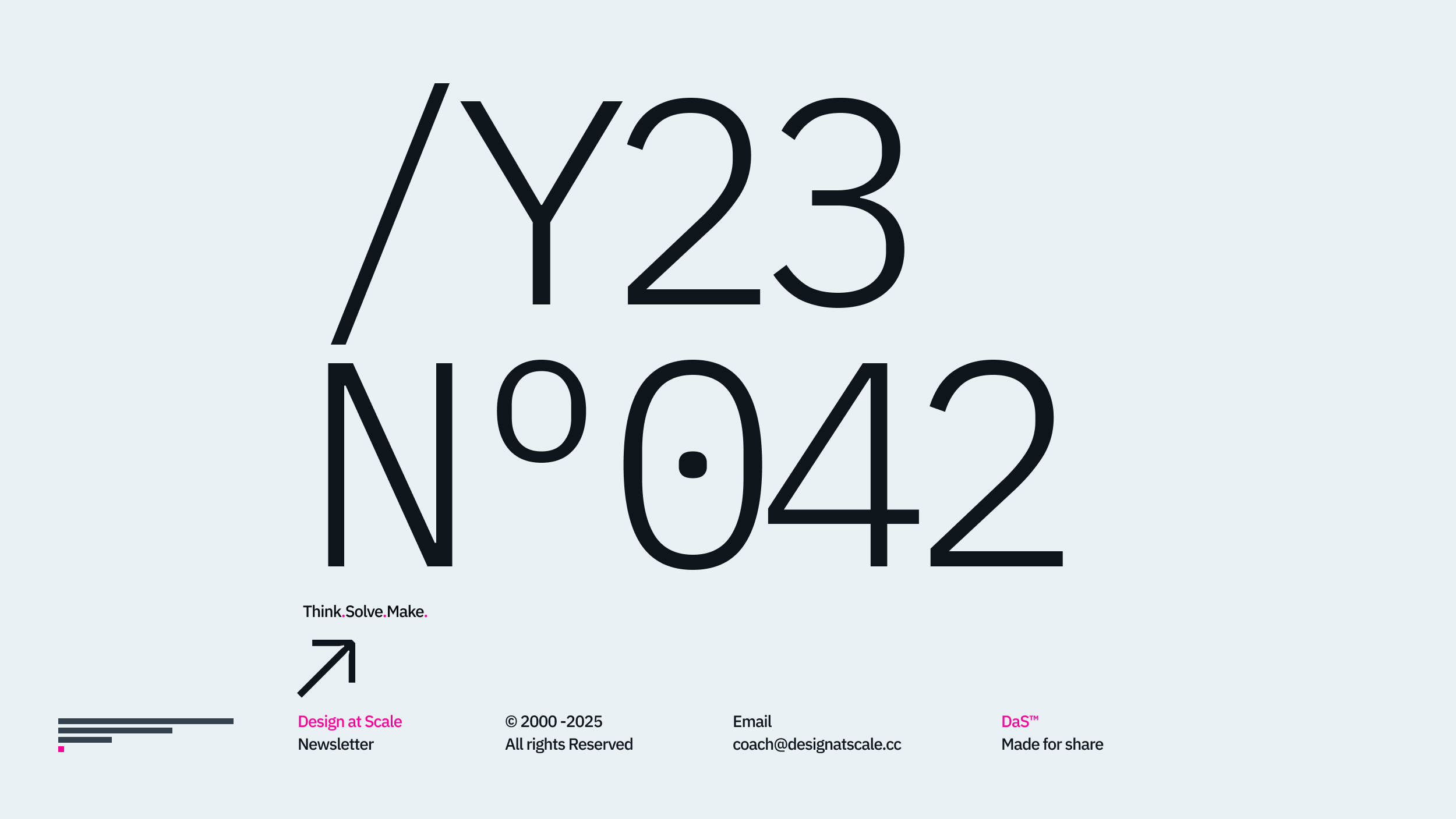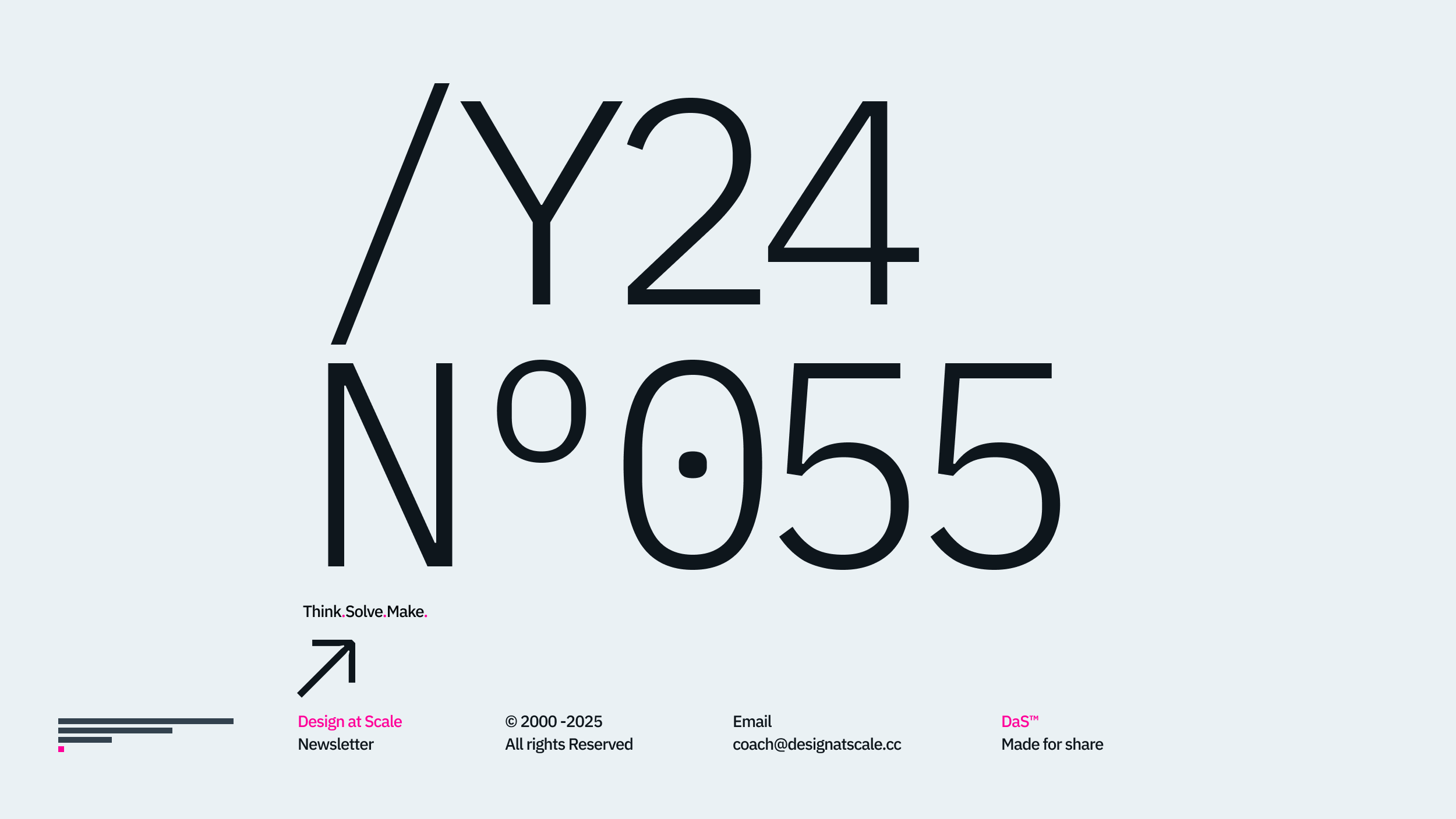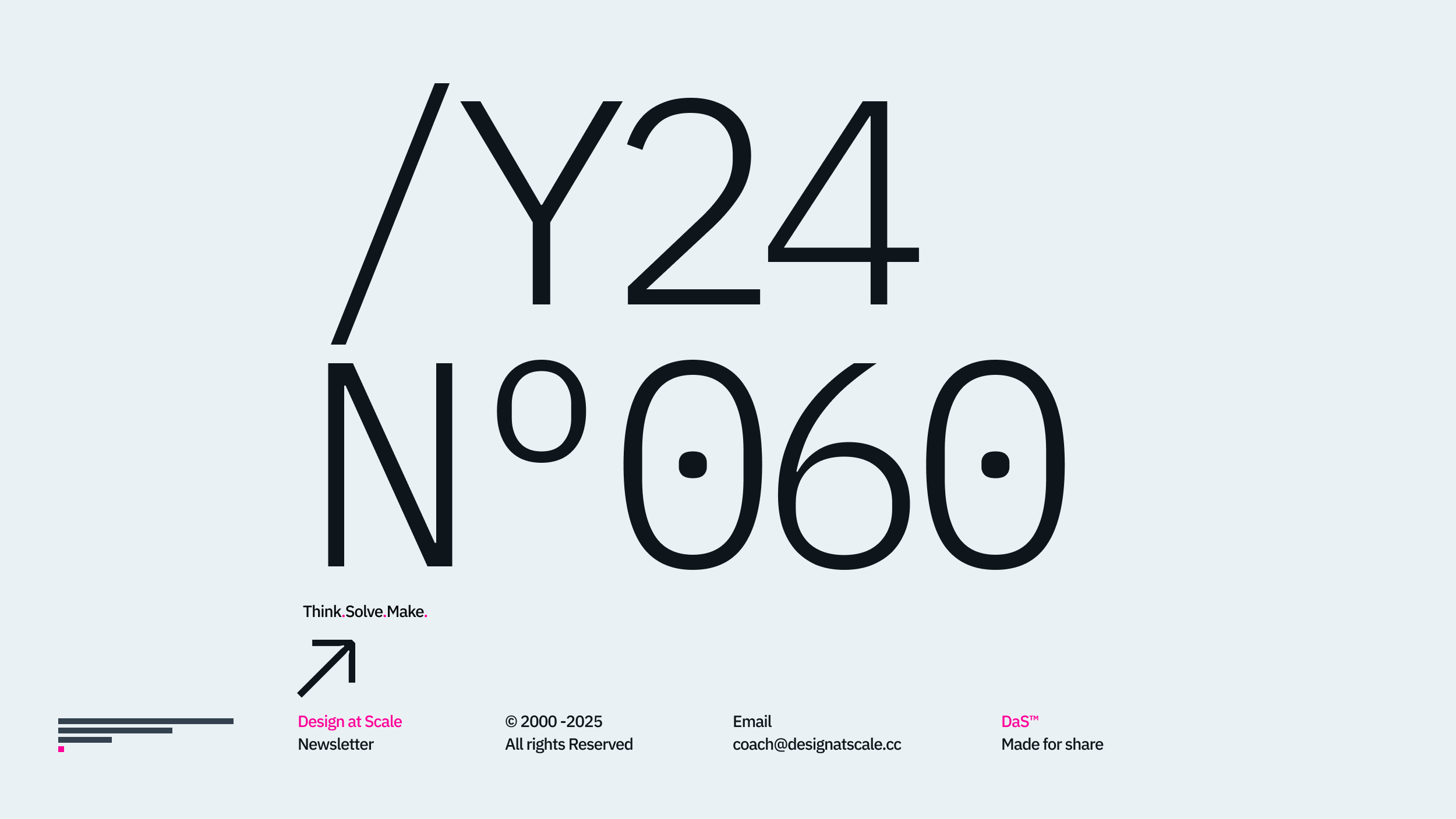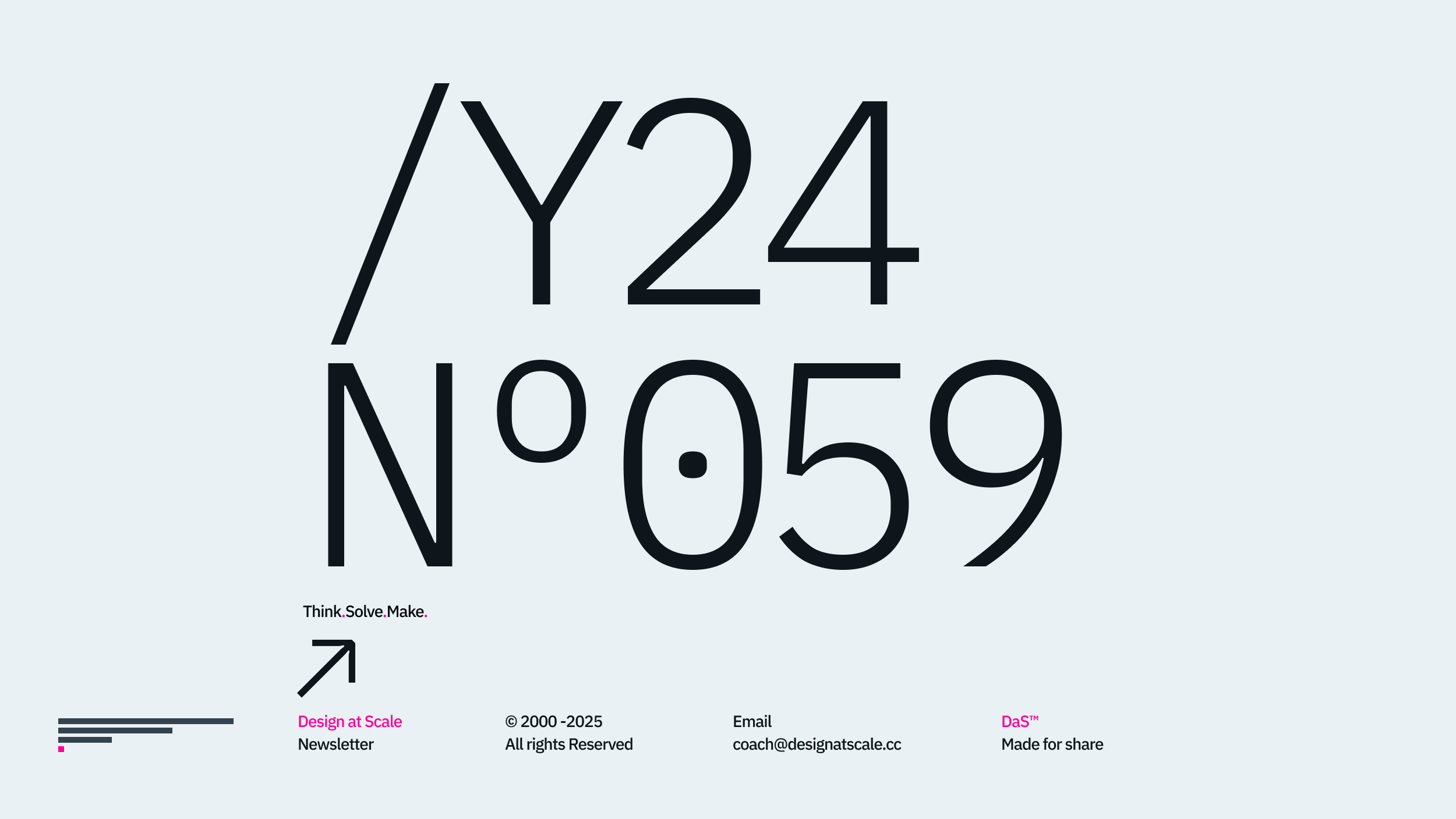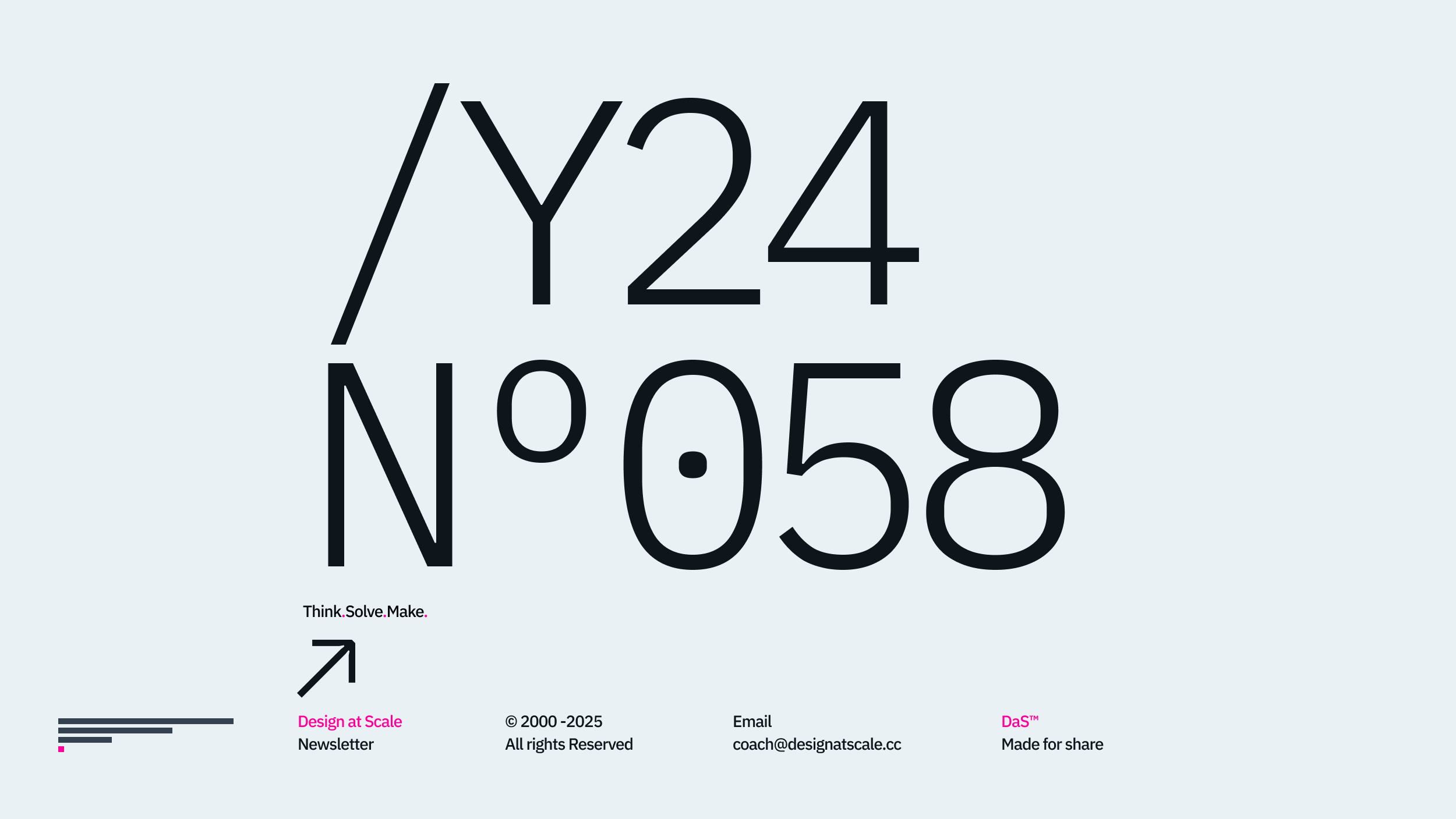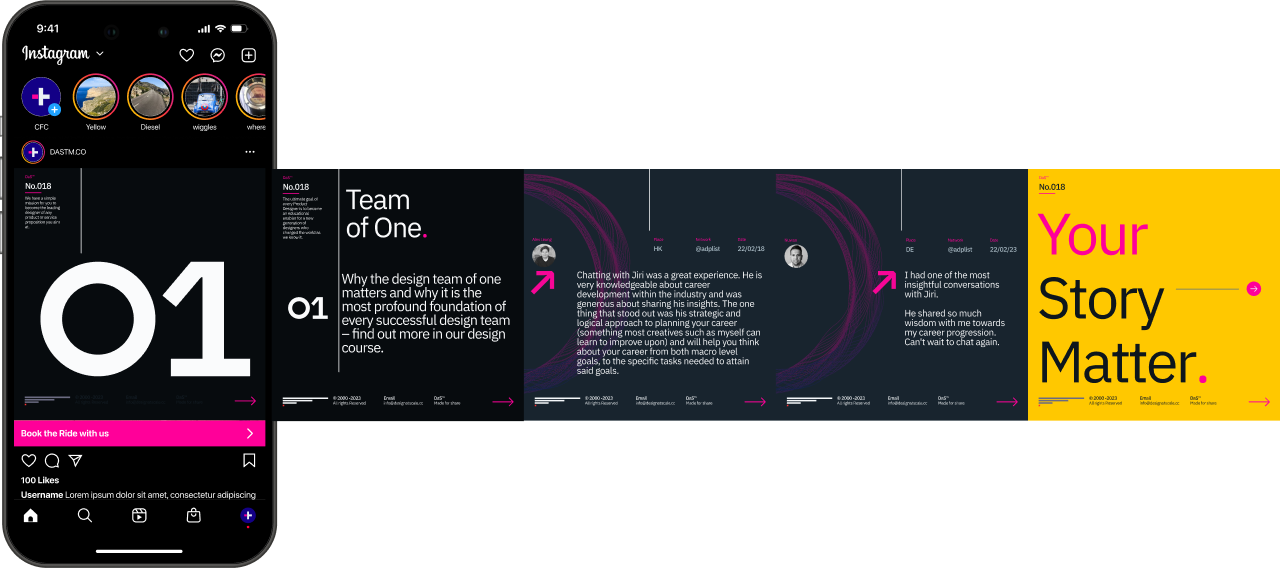Welcome to the second article of this series that focuses on designers in the team of one.
Starting with ambition, I have received many messages reflecting on our human desire to improve to endure the era of constant change. Today, we’ll examine coexisting pillars, beliefs and vision.
Both eloquently influence each other and allow designers to become the pivotal point of their life quest (deliberately, I do not choose the word career as careers are temporary where your designs remain).
Simon Sinek argues that everything we say and do symbolises who we are as individuals and the companies we represent. Trust emerges when surrounded by people who believe in what we believe; when we – as a group, a country, a company - share a standard set of values and beliefs, we ultimately become one.
Vision without belief takes you nowhere. In order to progress, we'll help you carve out your Vision based on your belief system, which inevitably leads to greater motivation and resistance.

Basic assumptions about believes
Beliefs are constituted ideas accepted as true without any factual evidence – “I believe I’ll be the greatest designer of all.”
A belief can come from different sources, including – culture, faith, experience, education or tribe. A person’s own experiences or experiments are the accepting cultural and societal attachment to what others say (e.g.education or mentoring). A potential belief sits within the person's ability to accept it as truth – and adopt it at great length as part of their belief system.
Designers evaluate and seek reasoning evidence congruently with their belief in reflection on given facts and evidence. We often hear, “I believe this option is better” because of indisputable evidence.

Wider believes
Stoicism can be epitomised by three essential beliefs: (1) that virtue is sufficient for happiness, (2) that other so-called goods should be regarded with indifference, and (3) that God providentially orders the world.
Before we start anything, we must believe that we can do or change things. Our beliefs drive the desire to become a person that sufficiently integrates itself into society, let alone into the team in the company.
The environment where we perform has its own beliefs, whether they are apparent or hidden.
Our beliefs drive our decision-making. Beliefs allow us to concentrate on the quality of our outputs and, inevitably, on the outcomes we bring to the team and the company. Inevitably, this simple action is rewarded with an acceptance that further strengthens our belief in our abilities, broadening our team opportunities.

What are designer beliefs, and why do they matter?
Designers mostly believe they can bring a profound solution or innovation to a problem in question or to a specific product or service.
This is where your own beliefs cross with someone else's and inevitably are put into question. Well-documented patterns of a tribe’s beliefs are built around the design team assuming that “only the design team owns design” or the start-up team believes they can deliver Alpha release without essential brand elements.
We’ll explore that later, in management, how beliefs can be a driver of your profession within an existing product team.

But how do we go about crafting our own design beliefs?
Let’s assume that you have your own beliefs. (If you don’t, please look at the series 3x3 on Medium). I believe “In order to have the right experience form in life, I need to grow. While growing, I find the meaning in contributing to others that fill my desire for and Experience I seek”. Then, the circle of life fulfilled its loop.
Let’s take this basic example as a starting point and build the beliefs around its three pillars: Experience, Growth and Contribution.
I believe in service design, where all problems have a solution and where every challenge creates unexpected opportunities.
Where technology meets design to express and not to impress, where helping people is not an obligation but a gift.
Where great design is not here to be measured, but it educates and inspires future generations.
And how do you communicate your beliefs?
The above example shows that there is no need for buzzwords and jargon. More importantly, it allows non-designers to understand the pivot between design output and design impact. It also distinguishes personal attitudes towards problem-solving and challenges.
No one would argue that communication has a more significant impact on progress. Design meetings are full of “I like”, “I feel”, “I don’t like.” The most profound change in design communication came with “I believe” – I believe this version is better because we know <FACT> has a business (performance, data, etc.) impact <FACT> on our customer.

Please join me for the series Design at Scale Academy for more stories that build new you.
References
Personal beliefs, values attitudes, and behaviour
What is stoicism the stoics' beliefs
Happy scaling through design!
Hey, I’m Jiri Mocicka.
London-based Design Director, Trusted Advisor and Author of Design at Scale™. The method that empowers individuals to shape the future organisation through design.
If you have a question, join our Community and reach out to like-minded individuals who scale design propositions. An online Academy can help you to find your feed in teams of 01, 10, and 100, supported by Grid Magazine and Supply section, where we weekly bring more insights on how to become a design leader in your organisation





